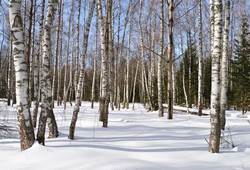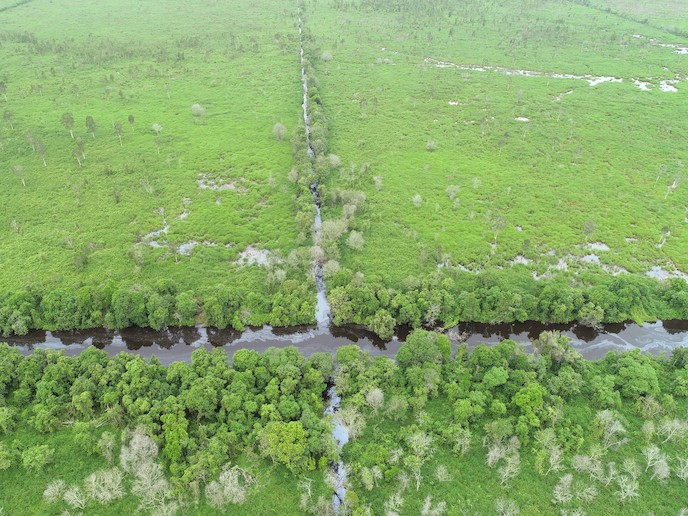How deciduous trees combat freezing
Ecology is based on the question, why do certain organisms occur where they do and which traits make them successful? This fundamental question was addressed by the TREELIM(opens in new window) (A functional explanation of low temperature tree species limits) project, which investigated the temperature related limits of European deciduous tree taxa. Researchers used a three-step approach to link current extreme positions of the most important European deciduous tree species with climate data along a thermal gradient. Scientists also tested hypotheses concerning the causes of growth limitation and stress survival both in the field and in the laboratory. More than 4 000 young trees were transplanted along two different elevational gradients to explore genotypic versus phenotypic traits related to the success of trees at the limit of their range. Range limits were identified with the aid of geographical information systems (GIS). The reproductive success and growth trends of trees at their current range limit were also measured. A series of laboratory tests quantified low temperatures effects under controlled conditions. The range limit of temperate deciduous trees appeared to be controlled by the interaction of three different factors. They included, freezing tolerance during initiation of bud growth (bud break) and the associated controls of the seasonal life cycle (phenology) that ensure an almost zero risk of damage by freezing. A third factor involved constraints on the remaining length of the growing season in relation to species-specific life history traits such as latewood maturation, winter bud formation and fruit ripening. Phenology is the adaptive tool used by species to avoid exposure to inherently dangerous low temperature exposure during the spring. Therefore, the results of TREELIM provided a theoretical framework that unified freezing resistance, phenology and life history traits to provide a foundation for modelling species range limits on a mechanistic basis.







